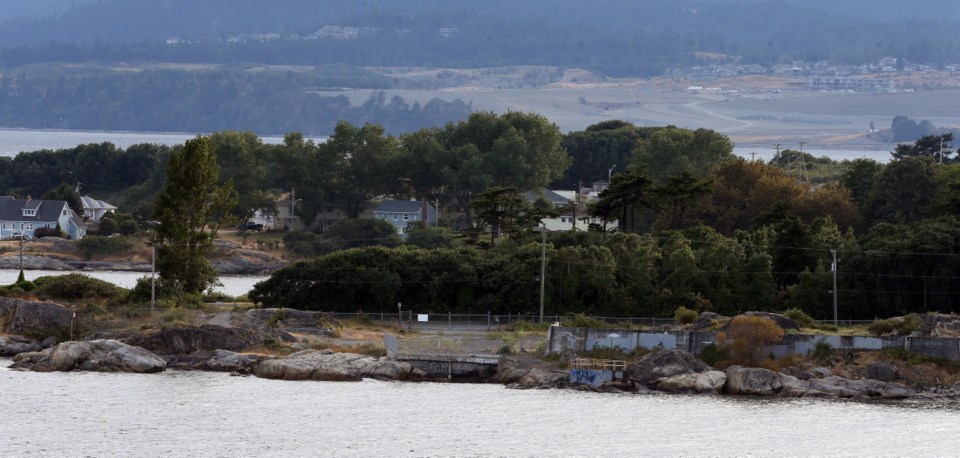It could be 2023 before Greater Victoria is treating its sewage — three years beyond the federally legislated deadline of 2020 — according to a new timeline adopted by Capital Regional District directors.
“It’s a very tight timeline, but it’s a timeline we’re going to have to maintain if we’re going to hold on to the federal grants,” said CRD chairman Nils Jensen.
“There’s enough flexibility in there that we may be able to complete the project earlier than that.”
It’s hoped the new schedule, agreed to by CRD directors at an in-camera session on Thursday, will meet federal requirements to qualify for a one-year extension on an $83-million PPP Canada grant for a biosolids treatment plant. Without the extension, the grant agreement will expire at the end of this month.
The federal government offered a 12-month extension, but only if the CRD met conditions within a year, including a timeline and having all approvals in place, such as a treatment-plant site.
The CRD’s sewage treatment project has a budget of $788 million. The federal government has committed $253 million, coming out of three pots:
• $120 million from the Building Canada Fund toward the treatment plant
• $50 million from the Canada Green Fund for pipes, pump stations and tanks
• $83.4 million from PPP Canada for a biosolids plant to handle material removed from liquid sewage.
The Building Canada and Canada Green funding have 2019 completion deadlines. Under the existing arrangement, without an extension, the region had until March 31 this year to sign the funding agreement or the funding could be lost.
Jensen, who has been meeting with federal and provincial representatives, believes there is leeway on the grants but said the timeline is extremely tight.
“One of the things that I’ve found in my meetings with both federal and provincial officials is that the provincial officials in their view are much more flexible than the federal system,” he said.
The region’s sewage-treatment plans went off the rails last year after Esquimalt refused the CRD’s request to rezone McLoughlin Point to allow a treatment plant and the province declined to overturn that decision.
Since then, the local governments involved have split into two groups to explore options: a west-side group of Esquimalt, View Royal, Colwood, Langford and Songhees First Nation and an east-side group of Victoria, Saanich and Oak Bay.
Victoria councillors, updated on sewage treatment options Thursday, agreed that the city’s investigation into treatment options should continue in parallel to the CRD’s.
To preserve federal funding, “we need to have a fully approved plan and site by March 2016,” Mayor Lisa Helps said. “By June 2015, we need to identify sites and to begin costing them. That costing and technical work will be done between June and November.”
Site selection and zoning need to be complete by December, she said.
Efforts to build a sewage plant date back to 2006, when the provincial government ordered the capital region to treat its sewage. Funding from the federal and provincial governments, covering about two-thirds of the anticipated cost, was announced in 2012.



